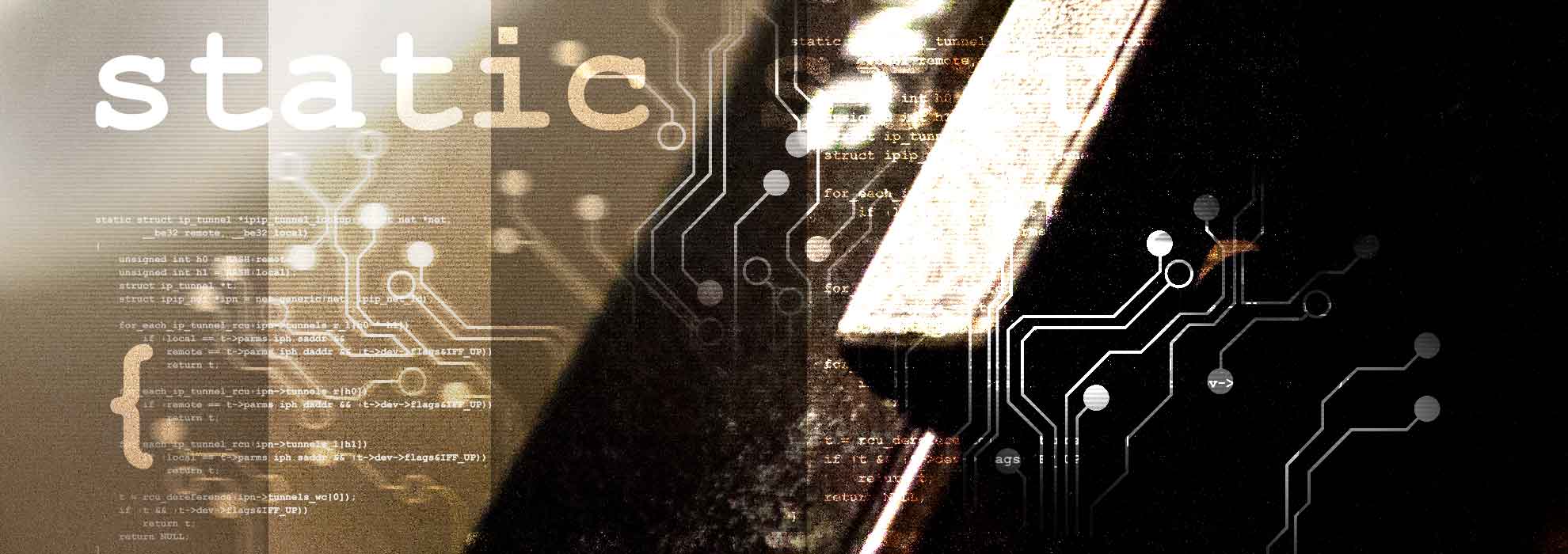Technologies that take a long time to die: DECT
It is often said that the technology industry moves quickly, with the old quickly discarded for the new. This overlooks a number of technologies that hang around much longer than expected.
One such example, is DECT (Digital Enhanced Cordless Telecommunications). DECT was originally conceived for cordless handsets, and standardised in 1992. Wind forward more than 20 years and it is still being designed into new products, despite the emergence of competing wireless standards. Over the years, Pentland Edge has been involved in a number of new projects using DECT. Some examples in chronological order:
- High-end DECT cordless phone system
- Wireless video entry system
- Wireless conferencing system
- Professional audio equipment
The projects have tended to venture further from the original purpose of cordless telephony over time, reflecting the fact that new applications are being found for a mature technology.
Wireless Audio with DECT
On the surface, it seems easy to shuffle about audio data over wireless links, just as we do with any other data. However, real-time audio has some demanding characteristics:
- Our ears are sensitive to audio artefacts, making us relatively unforgiving of pops or clicks caused by dropped packets or latency added through network delays.
- Retransmission to cover up packet loss tends to add latency: it is a real-time transmission which can’t be buffered (to any great degree) to smooth out problems.
DECT does a good job of solving these problems. The MAC (Media Access Control) scheme provides regular, guaranteed transmission slots, allowing low, predictable latencies to be achieved. There is also sufficient flexibility in the way these transmission slots are used to allow adequate bit-rates for high quality audio. DECT also benefits from having reserved spectrum bands around the world, resulting in less contention and interference from other radio transmitters.
Technology Moat
To survive, a technology must survive the onslaught of newer alternatives, and must possess characteristics that are difficult to replicate or improve on. There are perhaps several key reasons why DECT has survived. One is that other competing technologies were not originally designed specifically for audio, and key design decisions reflect this fact. WLAN, for example, has a media access scheme whereby participants will attempt to make use of the radio link when it seems to be quiet. This is very flexible for data applications, and makes it much easier for a larger number of devices to share the same network. The downside of this approach is that no participant can guarantee being able to access the network at specific times, making it difficult to assure low latency for audio data.
The reserved spectrum that DECT enjoys is also difficult to replicate, with other protocols often left to fight it out in the ISM (Industrial, Scientific and Medical) bands. Getting new spectrum allocation approved around the world is a significant undertaking, and radio contention in the ISM bands makes it harder to deliver reliable, low latency audio streams.
DECT is a mature technology, and the radio and baseband chips are now relatively inexpensive. This too acts as a barrier to entry, since new radio technologies usually require new chip designs, which in turns requires significant up-front capital outlay.
To borrow a term from Warren Buffett (who uses the term when discussing companies’ competitive strengths), these factors add up to a significant “moat” around the technology. No defence is impregnable, and nearly all technologies are eventually replaced. However, this can often take much longer than most people expect.
